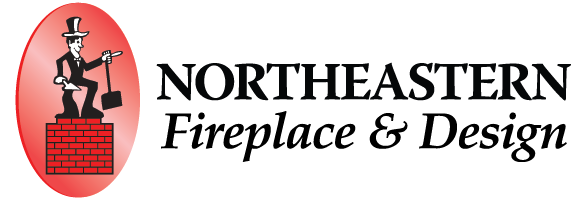The cooler time of the year is rapidly approaching and with it comes the need for homeowners to determine whether their current heating arrangement is going to cut the proverbial mustard again this year. One popular heating method that not everyone may be familiar with is the pellet stove. If you’re not familiar with them, go ahead and climb in and hold on tight, as we’re going to provide you with a crash course to this increasingly popular heating method.
Pellet Stoves 101
Pellet stoves are more convenient to operate and have much higher combustion and heating efficiencies than ordinary wood stoves and/or fireplaces. A benefit of this: they produce very little in the way of air pollution. In fact, pellet stoves are the cleanest solid fuel burning residential heating appliances; with combustion efficiencies ranging from 78-85%, they are exempt from the EPA’s smoke-emission testing requirements. Their heating capacities can range anywhere between 8,000 and 90,000 Btu per hour, making them suitable for homes, apartments and condominiums.
Pellet Composition
Pellet stoves burn small pellets that resemble rabbit food (each pellet is approximately 3/8” to 1” in length). They are made from compacted sawdust, wood chips, bark, agricultural crop waste, waste paper, and other organic materials (some models can even burn nutshells, corn kernels, and small wood chips).
Pellet Appliance Options
Pellet appliances are available as freestanding stoves or fireplace inserts. Freestanding units resemble conventional cordwood heaters in that they generally heat a single room well, but not adjacent rooms (unless you use a fan to force the warm air into those adjacent spaces). Fireplace inserts, as the name suggests, fit into existing fireplaces.
Regardless of the type, each will have a hopper to store the pellets until they are needed for burning. Most hoppers hold anywhere from 35-130 pounds of fuel at one time, which will last a day or more under normal operating conditions. An auger (picture a large screw) drops a few pellets at a time into the combustion chamber for burning. The speed at which the pellets are fed into the burner determines the overall heat output. The resulting exhaust gases are vented by way of a small flue pipe that can be directed out a side wall or upwards through the roof. More advanced models even have a small computer and thermostat to control the pellet feed rate.
Feeding Your Pellet Stove
Pellet stoves use one of two types of automatic pellet-feeding systems: top-feed or bottom-feed:
• Top-feeding systems generally have a vertical auger that feeds the pellets into the top or side of the combustion chamber, which reduces the possibility of the fire burning back into the hopper.
• Bottom-feeding systems generally have a horizontal auger that moves fuel from one side to the other and into the fire chamber.
Pellet Stove Maintenance
Operator error accounts for more service calls than equipment failure. It’s very important to follow the manufacturer’s operating and maintenance instructions, which can reduce the likelihood of damage to the appliance (e.g. most manufacturers recommend removing unused pellets from the stove at the end of the heating season). This can minimize difficulties in lighting the appliance at the start of subsequent heating seasons. Having the flue vent cleaned and inspected on a regular basis is another recommendation to prevent soot from building up.
Pellet stoves and inserts are often more convenient, cleaner and safer than most wood burning appliances. They produce less air pollution than conventional wood stoves as well. Since pellet stoves burn fuel so completely, very little creosote builds up in the flue, thereby posing less of a fire hazard.
Whether you prefer the convenience of shopping online or would rather get up close and personal with your potential addition, Northeastern Fireplace & Design has you covered. We’ve worked hard to make your online shopping experience as easy and enjoyable as possible. Want to know more about a product or see and feel it for yourself? Simply call us or stop in and see us.

